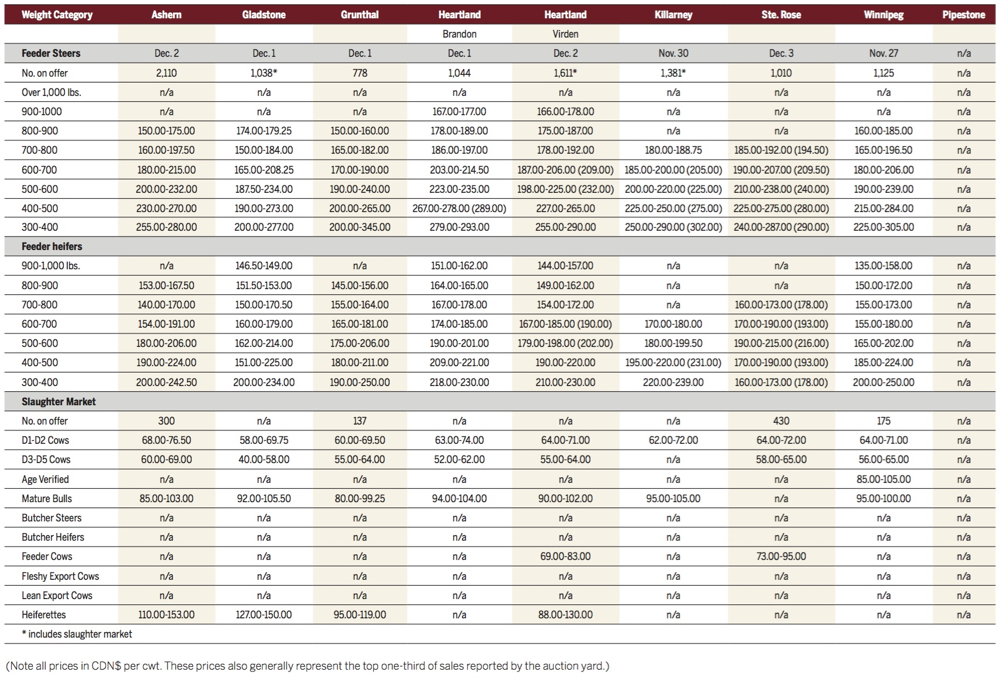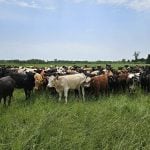Manitoba cattle auction yards remained busy during the first week of December, but should start to slow down heading into the new year. Lightweight feeders were seeing the best demand, with heavier animals running into some resistance.
“We probably have another 10 days of good deliveries before everybody shuts down for the holidays,” Rick Wright of Heartland Order Buying said. He expected to see more volatility in the market through December, as volumes start to drop off.
Heavyweight cattle over 600 lbs. were starting to see prices edge lower in some cases, as grain prices for finishing remain high.
Read Also

Canadian canola prices hinge on rain forecast
Canola markets took a good hit during the week ending July 11, 2025, on the thought that the Canadian crop will yield well despite dry weather.
Feed barley in the key Lethbridge feedlot alley were trading at around $275 per tonne in early December, as good export demand for barley was forcing domestic buyers to pay up.
Green cattle under 600 lbs. can still go out to grass or backgrounding lots, which means they can also be fed a lighter silage ration. Those animals were seeing steady to firm prices, according to Wright, as silage supplies are much more abundant this year.
That has especially helped heifer prices, causing the spread between steers and heifers to tighten up over the past two weeks, Wright said.
Good-quality steers are still moving to Ontario and Quebec, while most of the heifers are staying locally or heading west.
Cattle going out to grass are expected to stay strong through the end of the year. “There’s enough local demand from backgrounding lots to keep that market fairly firm right through Christmastime,” Wright said.
Looking at fed cattle, Wright said a backlog in the West was putting some pressure on values, as pen space becomes an issue. Fall delivery of cows was really slow, he added, as good harvest conditions meant there was no panic to sell cattle at that time. Now those animals are being cleaned up, with more cows moving through the system.
Slaughter numbers were bigger over the past week, which should help alleviate burdensome fed cattle supplies — although Wright noted there are still more cows coming to trade than the kill capacity in Canada.
Wright said one highlight during the week was the bred cow market, which was doing better than expected with bred heifers bringing $300-$500 more than they were last year.
“In Manitoba we have feed,” he said, noting many ranchers who may have been culling cows in recent years were now restocking their herds.




















